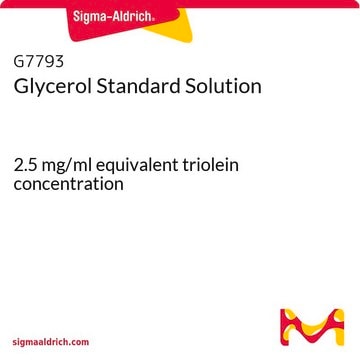The molarity of this product is calculated to be 9.791 M based on a density of 1.11 g/mL, a formula weight of 34.01 g/mol, and a concentration of 30 w/w%. Here is the calculation:
Molarity = Density x concentration x 1000 / formula weight = 1.11 x 0.3 x 1000 / 34.01 = 9.791 M.
To make a 100 mM solution, use the Dilution Formula: C1V1 = C2V2 to find the volume V1 of the 30% H2O2 solution needed.
C1 = 9.791 M (concentration of the stock solution)
C2 = 0.1 M (desired concentration)
V2 = 0.001 L + V1 (final volume, which is the sum of 1 mL of water and the volume of H2O2 added)
Rearrange the formula to solve for V1:
9.791 x V1 = 0.1 x (0.001 + V1)
V1 = 0.1 x 0.001 / (9.791 - 0.1) = ~0.0000103 L = ~10.3 µL
Therefore, approximately 10.3 µL of this product is required for a 100 mM H2O2 solution when mixed with 1 mL of water.



